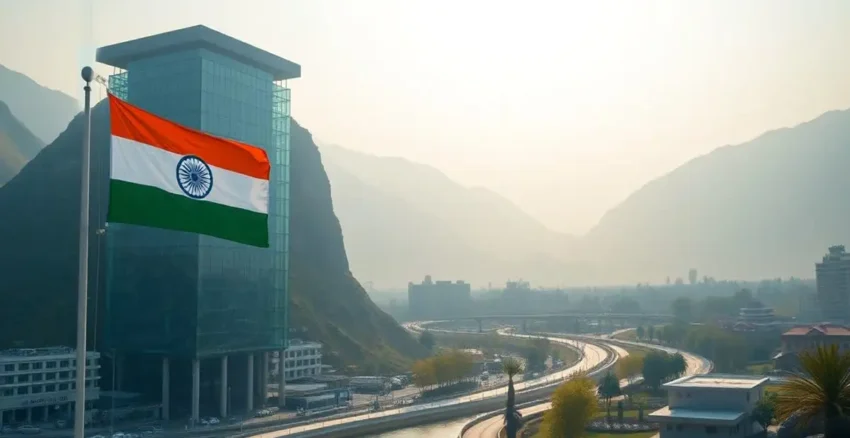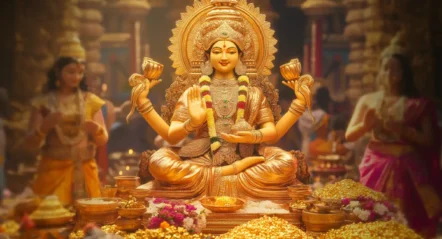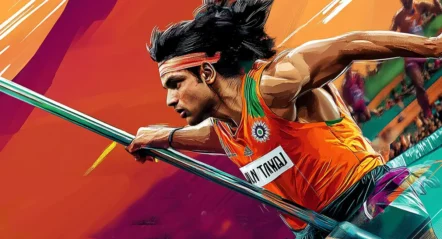Why Kashmir Rightfully Belongs to India — History, Law, and Development Speak the Truth
Explore why Jammu & Kashmir is legally and rightfully a part of India, based on historical facts, the Instrument of Accession, and India’s unmatched development in the region compared to Pakistan-occupied Kashmir (PoK).

The Kashmir issue has long been a topic of conflict between India and Pakistan. But behind decades of propaganda and political agendas lies a simple, factual truth: Jammu and Kashmir legally, historically, and rightfully belongs to India. From the signed Instrument of Accession in 1947 to present-day infrastructure and democracy, every piece of evidence supports India’s legitimate claim over Kashmir.
The Legal Foundation: Instrument of Accession
In 1947, when British India was divided into India and Pakistan, over 560 princely states had the freedom to join either country or remain independent.
Maharaja Hari Singh, the then-ruler of Jammu & Kashmir, initially wished to remain independent.
But when Pakistan-backed tribal militias invaded the region in October 1947, the Maharaja requested help from India.
India responded only after the Maharaja signed the Instrument of Accession on October 26, 1947, legally making Kashmir a part of India.
This legal document is the same process through which many other states — like Mysore, Hyderabad, and Bhopal — joined India.
Pakistan, on the other hand, never received any formal or legal accession from Kashmir. Its occupation of parts of the region (now called Pakistan-occupied Kashmir or PoK) was a result of invasion, not invitation.
Pakistan’s Weak Argument
Pakistan’s claim rests primarily on religion — the fact that Kashmir is a Muslim-majority region. But this logic fails for several reasons:
Hyderabad was a princely state with a Muslim ruler and Hindu-majority population, yet it joined India — not Pakistan.
If religion alone were the basis, then why doesn’t Pakistan claim Uttar Pradesh, Bihar, or West Bengal — all Indian states with large Muslim populations?
India is a secular democracy where people of all religions live and vote freely. Pakistan was founded as a religious state but does not extend the same freedom to all minorities.
In short, religion cannot override legal documents and democratic realities.
Development: India vs Pakistan-Occupied Kashmir (PoK)
A simple look at development on both sides of the Line of Control (LoC) tells its own story.
🇮🇳 Indian-administered Kashmir (J&K & Ladakh):
Modern infrastructure: Zojila Tunnel, new expressways, upgraded rail and air connectivity.
Education and healthcare: AIIMS Kashmir, IIT Jammu, new medical colleges.
Tourism boom: Over 1 crore tourists visited Kashmir post Article 370 abrogation.
100% electrification in villages, better telecom, internet, and digital governance.
Women’s rights: Equal land and property rights post-370 removal.
Regular elections, youth programs, and entrepreneurship support from the central government.
🇵🇰 Pakistan-Occupied Kashmir (PoK):
No large infrastructure projects for locals.
Chinese exploitation under CPEC, especially in Gilgit-Baltistan.
No voting rights in Pakistan’s national parliament for Gilgit residents.
Lack of basic healthcare, education, and electricity in many areas.
Regular protests against high inflation, army interference, and lack of civil rights.
Even locals in PoK are increasingly raising their voices — not against India, but against Pakistan’s neglect.
🌐 UN & International Standpoint
While the United Nations recommended a plebiscite in 1948, it was conditional: Pakistan had to withdraw its forces first. That never happened.
India maintained that once the Instrument of Accession was signed, Kashmir became an integral part of India — just like any other state.
Over time, the international community has largely recognized that Kashmir is a bilateral issue, and many now see it as India’s internal matter due to democratic governance and regional stability.
India did not capture Kashmir – it was legally invited and formally joined as per the same procedure used by all other princely states. Over the past decades, India has invested in the region’s education, healthcare, infrastructure, and democracy, while Pakistan has turned its portion into a neglected and exploited region under military and foreign control.
Kashmir is not just a part of India on paper – it is a part of India in law, in development, and in the aspirations of its people
Inflect.in — Your daily dose of stories that inform, inspire, and ignite curiosity. Follow us for more!
Inspire
Latest Post

AI in Healthcare: Smarter, Faster, and Accessible

Is Co-Sleeping Safe for Babies? Pros, Risks,

Pomegranate Benefits: Why Eating Anar or Drinking

Ma Yansong: Shaping the Future of Architecture

AI in Healthcare: Smarter, Faster, and Accessible

Is Co-Sleeping Safe for Babies? Pros, Risks,

Pomegranate Benefits: Why Eating Anar or Drinking








